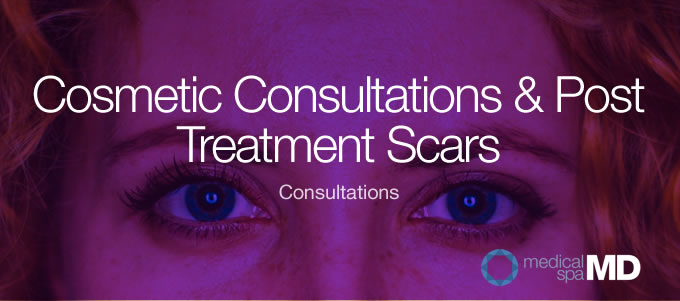4 Reasons You Should Never Buy Paid Patient Reviews, And 1 Reason You Should.
/You're getting emailed from companies promising to raise your profile in the search engines by pushing hundreds or thousands of positive reviews, Facebook likes and Instagram shares to your sites and profiles, driving inbound patient inquiries and filling your treatment rooms. Don't do it.
Reviews are seen as one of the most valuable decision-making credibility markers that patients use when deciding who they're going to trust with their face. In fact, 85% of your potential patients trust online reviews - if they find them credible - as much as personal recommendations from their friends and family. There is, however, a caveat to that trust. Consumers will only trust those online reviews as long as they believe they are authentic.
Here are some survey highlights from the latest 2017 survey:
- 97% of consumers read online reviews for local businesses in 2017, with 12% looking for a local business online every day
- 85% of consumers trust online reviews as much as personal recommendations
- Positive reviews make 73% of consumers trust a local business more
- 49% of consumers need at least a four-star rating before they choose to use a business
- Responding to reviews is more important than ever, with 30% naming this as key when judging local businesses
- Consumers read an average of 7 reviews before trusting a business - up from 6 last year
Since the value of reviews is so high, some medical spas and cosmetic docs have taken to trying to buy positive reviews from bot-farms. Not a good idea.
Here are just a few of the reasons why you shouldn't buy online reviews for your clinic.
1. IT’S AGAINST THE RULES
The biggest reason businesses shouldn’t buy online reviews is it’s against the terms and services of many online review sites. Businesses that ultimately do buy reviews or post fake reviews on behalf of their customers could suffer legal action or face sanctions.
Yelp has been very active in trying to ensure its reviews are authentic. Its Consumer Alerts program was created to make sure its reviews are properly vetted and provide helpful, accurate information to consumers conducting online research. If a business on Yelp is found to be purchasing reviews, their profile will be tagged with a warning to consumers about the dishonest activity.
The same is true for Google and Bing. If they catch you doing this the penalty can be severe and they will bury your search engine rankings - exactly the thing you were trying to improve.
2. IT CREATES DISTRUST
As we mentioned, online reviews are a valuable tool for both patients as well as clinics. Patients are leery of clinics either posting fake positive reviews on their sites or trying to sabotage their competition by posting fake negative reviews on their competitor’s sites. To ensure that trust is earned, your clinic should make every effort to be transparent in their collection of online reviews and run from shady practices. Patients can be merciless in spreading the fact that you're performing underhanded reviews if you're caught, and it's really easy to catch you.
If your reviews are unerringly positive and weren't actually written by your patients - with shortcomings included - you're going to get hosed.
3. IT’S UNETHICAL
This one should be obvious but we'll outline it anyway. When you buy online reviews, you are lying to your patients and potential patients. Once they suss that our you're in for some through word-of-mouth backlash and deservedly so.
One thing to note here is that it's often your staff that will spill the beans. It only takes one tech or clinician to wink or drop that "those are all fake anyway" and - even if it wasn't the intent - your clinic's reputation will suffer.
4. YOU DON'T LEARN ANYTHING
When you buy online reviews, you're not getting feedback from your real patients. Reviews can help you identify problems that might exist in your business and gives you the tools needed to fix them. Clinics that are focused on the customer and care about the experience being delivered won’t need to buy online reviews or post fake ones because their customers will be motivated to post positive reviews on their own.
If you're thinking about buying fake reviews, don't do it, just punch yourself in the ear instead.
5. FINAL THOUGHTS AND RECOMMENDATION
The title lied.
There isn't any reason that you should buy patient reviews, but you should figure out how to get and use real reviews from our patients. If you're looking to improve both your recommendations and your search engine results, take a look at the Podium Special Offer for Members. It's the best tool you'll find IMHO and it works extremely well if you use it. You'll also save yourself countless hours of headaches and something like $1500 if you take advantage of the Members offer. Do yourself a favor and check it out or ask for a demo.















